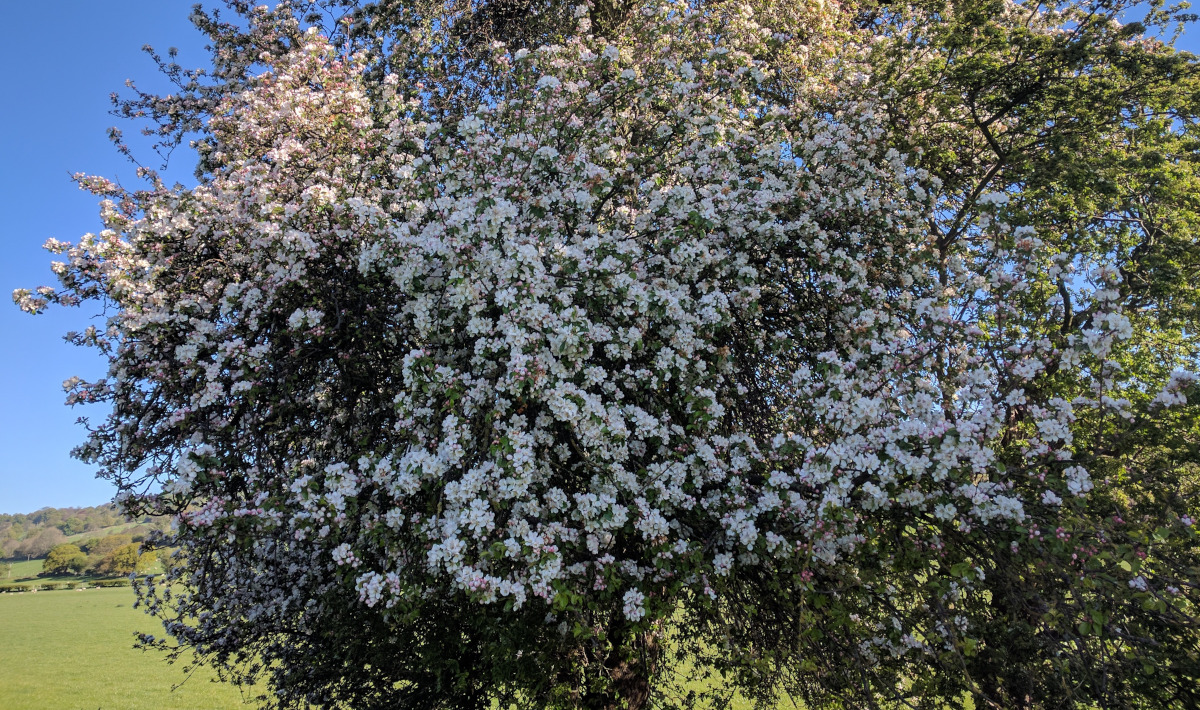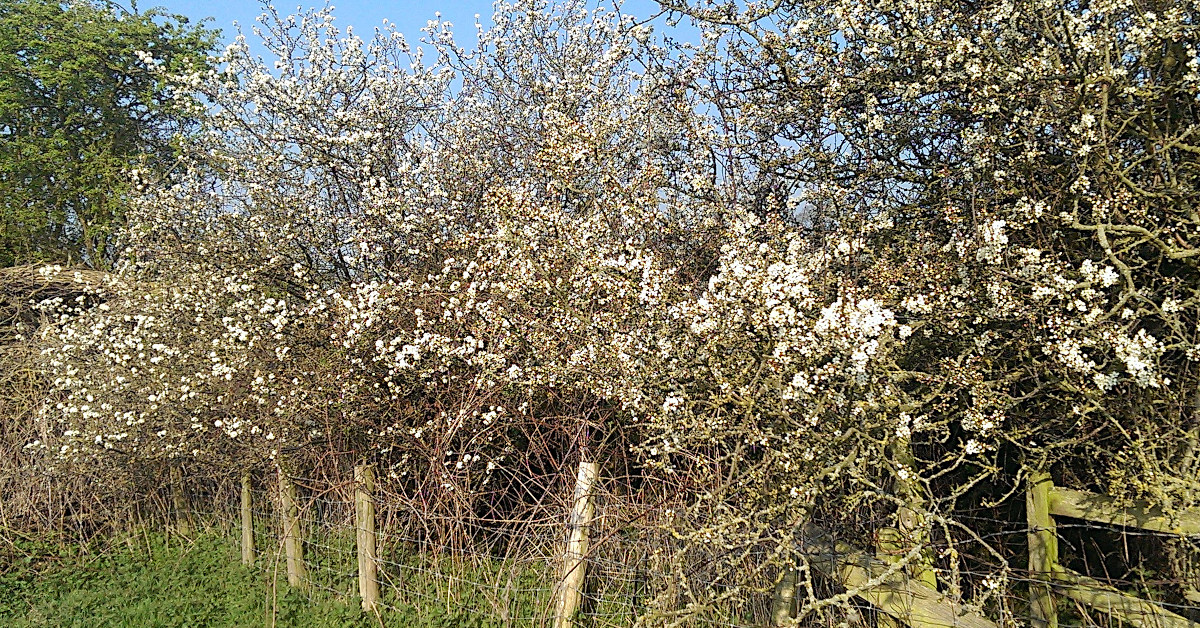Finding foraging sites.

Wild edibles can be found in various environments, including forests, meadows, and even urban areas. The key is to know what to look for and where to find it. For example, wild berries and nuts can be found in most forests, while mushrooms are often found in damp areas such as near streams and under trees.
When looking for wild edibles, pay attention to the environment they grow in. Plants growing near roadsides or industrial areas may be contaminated with pollutants, so it's best to avoid them.
Also, avoid plants that have a toxic look-alike, such as poison hemlock and wild carrot.
Avoid places where people walk their dogs as they are likely to contaminated with faeces and urine.
There are a few ways to find foraging sites:
- Ask locals. The best way to find foraging sites is to ask locals. They will be able to tell you where to find the best plants and animals to forage for.
- Look for blossom early in the year that will show you where to find fruit in the fall.
- Look for public parks and gardens. Many public parks and gardens have plants that are edible. You can also find edible plants in many yards and gardens.
- Check online resources. There are many online resources that can help you find foraging sites. These resources can include maps, guides, and forums.
- Join a foraging club or group. There are many foraging clubs and groups that can help you find foraging sites. These clubs and groups can also provide you with information on how to identify edible plants and animals.
- Make friends with farmers. I have a deal going with several farmers where they get a percentage of what I collect or a selection of the final product I am making in return for the use of their land.
Below: Blossom is a good indicator of where fruit will be later in the season.

When you are foraging, it is important to be aware of the following:
- Identify edible plants and animals. Before you eat anything, you should make sure that it is edible. There are many poisonous plants and animals, so it is important to be careful.
- Be aware of the laws in your area. There are some laws that regulate foraging. It is important to be aware of these laws before you start foraging.
- Be respectful of the environment. When you are foraging, it is important to be respectful of the environment. Do not take more than you need, and do not damage the plants or animals that you are foraging for.
